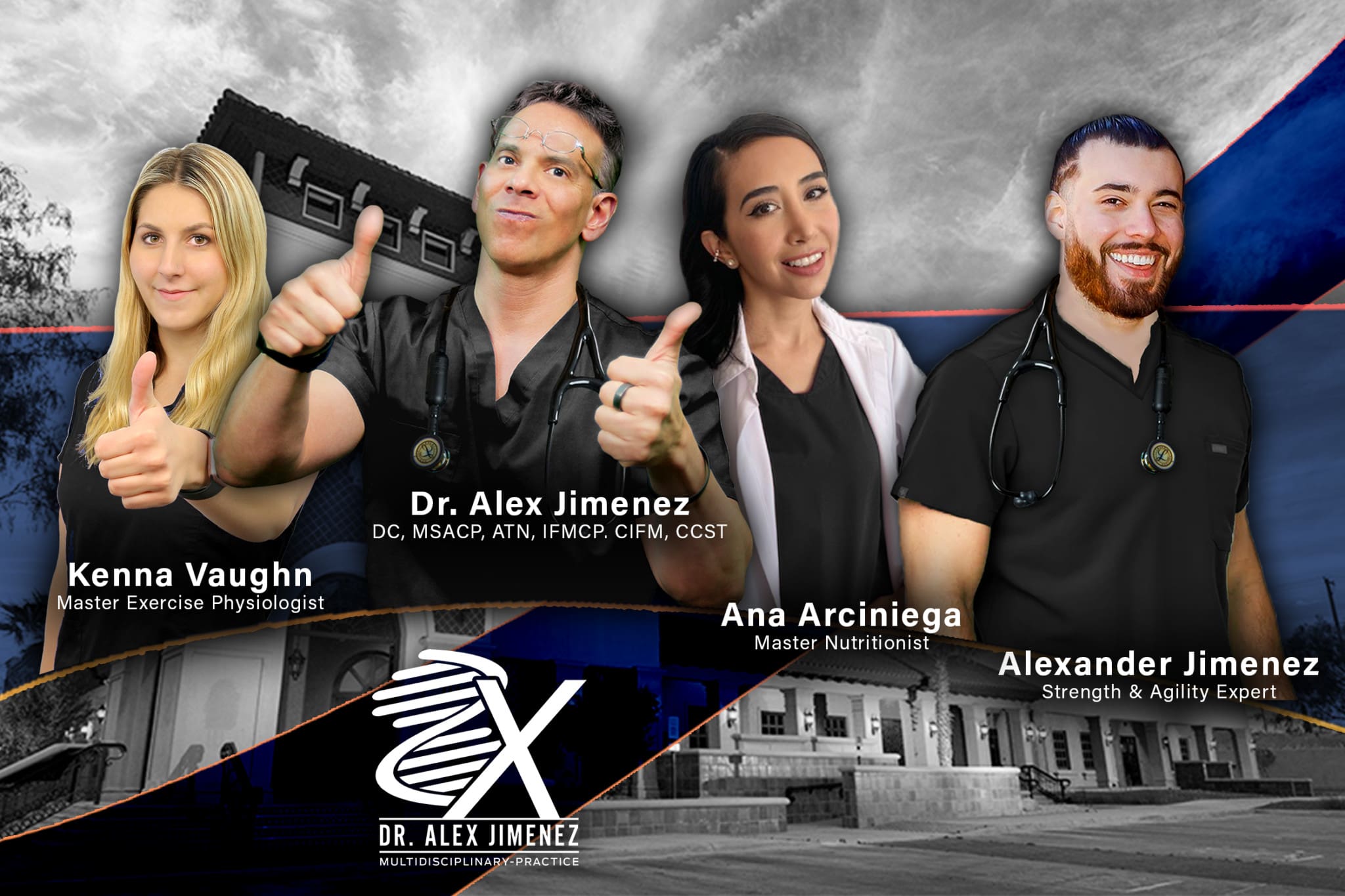Trending
- Deep Breathing While Driving to Reduce Stress
- Gluteal Pain Athletic Recovery: Treatment Explained
- Bloating Linked Spinal Problems: Importance of Alignment
- Gut Microbiome Injury Rehabilitation Guide to Recovery
- Chiropractic Care: What You Need to Know About Calisthenics
- Motor Vehicle Injury Muscle Recovery: What You Need
- Workplace Wellness Through Chiropractic for Injury Recovery
- Chiropractic Flexibility Nutrition Support for Joints
- Tech-Enhanced Posture Recovery for Better Performance
- Chiropractic MVA Mobility Restoration and Rehabilitation
Spinal Decompression
Dr. Alex Jmenez, Crossfit Expert and Chiropractor Discusses: Spinal Decompression Therapies, Protocols, Rehabilitation, and Advance Treatments Care Plans
At our offices, we offer conservative care for degenerative spinal conditions, including several treatment modalities. Thus, the traction distinguishes as it can elicit the body’s protective proprioceptive response to distraction, reducing intradiscal pressure and minimizing symptoms secondary to disc herniation and axial pain.
Our integrative treatments aim to determine the clinical effects of a short treatment course of motorized axial spinal decompression for patients with pain and physical impairment caused by either lumbar or cervical degenerative disc pathology with no immediate surgical indication.
Conservative care for mid to long-term degenerative spinal conditions with axial and irradiated pain generally includes pharmacological treatment, physical rehabilitation, or injections. Mechanical traction is an old treatment modality, which has been decreased in use facing other modern technologies or utilized in combination with other treatment modalities, such as manual therapy, exercises, heat, or electrotherapy. We, too, offer advanced spinal treatment workshops and boot camps to help educate patients on the dynamics of spinal hygiene.
Our patients get treated for chronic radicular axial spinal pain. This is a referred pain in the spinal axial skeleton and is considered a syndrome with both nociceptive and neuropathic pain components. Patients report improvement in symptoms with a reduction of the axial load in the spine.
Previous studies have shown a decrease of pressure in the intervertebral disc after traction, unloading of the spinal structure, and alleviating the inflammatory reaction of the nerve roots. Here, we present our patients’ literature and scientific background information to make educated decisions about the advanced spinal decompression protocols.
Spinal decompression therapy relieves pressure on the spine by gently stretching it. Unlike manual stretching or traction therapy, non-surgical spinal decompression creates negative pressure on your spine and provides targeted decompression.
The physical therapist uses advanced medical equipment including a spinal decompression table that has sensors linked to a computer-aided system to perform this procedure. The equipment is designed to adjust the pull force to prevent muscle resistance against the external stretch of the spine. The adjustable bed also allows the spine to stretch at multiple angles and can be used to target your upper or lower back.
BMC Musculoskeletal Disorder Journal published a study that established that non-surgical spinal decompression promotes retraction or repositioning of the bulging or herniated disc and is associated with increasing the height of the herniated disc.
Spinal decompression further aids in natural healing by encouraging the flow of nutrients and oxygen to the herniated disc. Treating the herniated disc responsible for triggering your sciatica helps provide effective and long-term pain relief.
Numerous studies and clinical trials endorse the safety and efficacy of non-surgical spinal decompression for the treatment of underlying conditions including herniated disc, spinal stenosis, and spondylolisthesis, and provide immediate as well as long-term pain relief.
Spinal decompression therapy can be performed on almost anyone regardless of their age and can help you get relief from your sciatica naturally. Your physical therapist will determine the number of sessions required for an effective treatment of your sciatica based on a thorough physical examination, medical history, the underlying cause of your sciatica, and your pain index. Each session is only 30-60 minutes long and requires no additional recovery time.
If you’re looking for a non-surgical solution for your persistent back or leg pain, you may want to try spinal decompression therapy. Unlike invasive or laparoscopic surgeries, spinal decompression does not require the patient to go under the knife. Instead, the patient’s spine is stretched to relieve back and leg pain. The goal of spinal decompression is to create an ideal healing environment for the affected areas.
This treatment is typically used for:
Bulging discs
Degenerating discs
Herniated discs
Call us today to schedule your first appointment! Our team in El Paso is happy to help.

